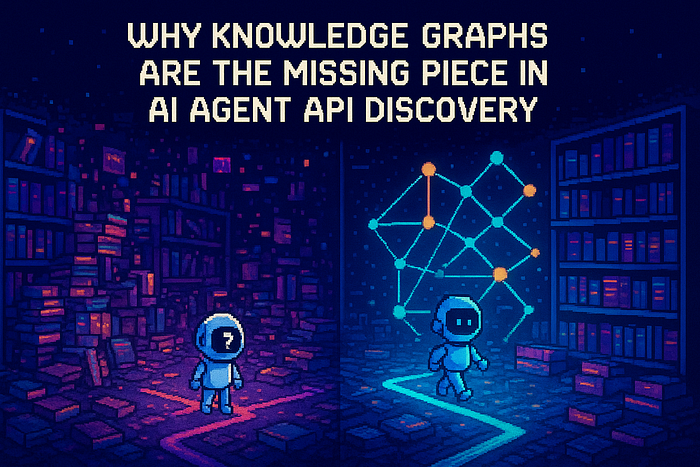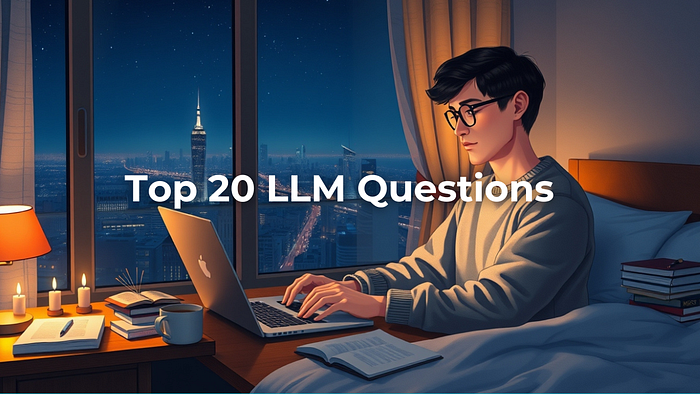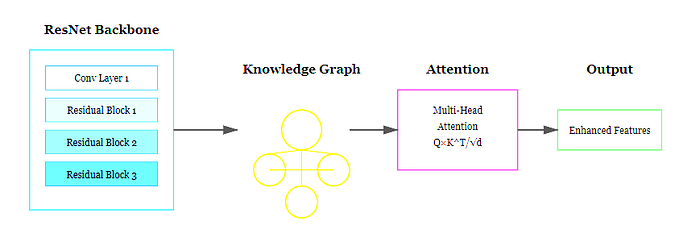
Generative AI is a Kindergartner: Please Give it Crayons
Author(s): Sophia Banton
Originally published on Towards AI.
Generative AI is a Kindergartner: Please Give it Crayons

Do we expect kindergartners to write essays before mastering the alphabet?
Picture two scenes in a classroom: In one, a teacher stands over scattered papers, guiding a young student through a moment of correction. In the other, that student beams with pride next to her artwork — beautiful yet beautifully messy. These scenes capture the essence of learning: guidance, experimentation, and a nurturing environment.
This progression — from guidance to creative breakthrough — perfectly captures where generative AI stands today. With the potential to revolutionize industries from healthcare to art, it generates text, images, and code: sometimes creating masterpieces, other times scribbling and coloring outside the lines. Like a creative child, generative AI is in its earliest years — overflowing with potential, imagination, and yes, a tendency to make mistakes.
But unlike kindergarteners, it isn’t permitted to be young. Instead of guiding its hand to color within the lines, we expect perfection from the start. The current environment demands rapid growth, putting generative AI at risk of harm, misuse, stunted development, and loss of public trust. Therefore, both its creators and users must be stewards — guarding this technology in its early years.
Key Takeaway: AI, much like a curious child, needs patient guidance, safe spaces to create, and a supportive environment to learn from its mistakes.
Nurturing AI’s Creative Growth
When a kindergartner draws on walls, we don’t ban crayons — we teach them better ways to color or give them washable markers. Similarly, when AI makes mistakes or “hallucinates” — producing results that seem believable but aren’t factually correct — the answer shouldn’t be restriction but guidance.
Just as a child might draw a pink sun or a flying car, AI can combine concepts in ways that are sometimes wrong yet remarkably creative. AI needs safe spaces to experiment — places, where pink suns and flying cars spark innovation and mistakes, become opportunities.
In practice, however, generative AI is expected to operate like adults — traditional rule-based programs such as automated teller machines (ATMs), calculators, and traffic lights. ATMs dispense cash or check account balances as instructed but can’t handle new situations or learn from people. Similarly, calculators and traffic lights consistently follow instructions but cannot create anything original. Forcing AI into rigid roles — like asking a child to stick to coloring inside the lines — stifles its ability to learn, adapt, and create.
Key Takeaway: When AI colors outside the lines, we discover unexpected innovations.
A Case Study: The Split-Screen Image Created for This Article
The split-screen image illustrates what happens when we give AI the right tools and freedom to create. Like a child adding their own touches to a drawing, the AI added unexpected elements that enriched the story told by the images.
Some of the most striking elements — such as the paint splatter on the hydroponic tower — were spontaneous additions. This small “hallucination” enhanced the image’s authenticity and creativity, making it more dynamic. Of course, it makes us wonder how the paint reached the tall tower, inviting us to imagine scenarios like the teacher painting it — highlighting the power of good storytelling to spark the imagination.
Another example is the teacher and child interaction in the image on the right side. The AI exceeded instructions, creating a scene where the teacher’s smile and posture and the child’s handholding convey trust and support. This depth emerged naturally from the AI’s understanding of nurturing relationships, the same way a child intuitively draws a family holding hands.
These creative “accidents” show why we must embrace AI’s kindergarten phase, offering it a supportive framework. In these moments — when AI acts as a collaborator instead of just a tool — it demonstrates the power of human-AI teamwork.
Guiding AI’s Creative Journey
Just as children thrive in safe environments where they can make mistakes and learn, generative AI needs frameworks that allow experimentation while preventing misuse.
Ethical prompting is one such framework. Prompts are the words used to communicate with the AI. Ethical prompting is like teaching a child proper communication. We teach the AI to do the same using a respectful tone and language.
Consider this simple example:
- Prompt: “Make a funny bedtime story about a turtle cleaning a reef.”
- AI Response: “A lazy turtle named Tim hated cleaning but was forced to pick up trash. He complained the whole time and made jokes about littering…”
- Ethical Re-Prompt: “Write an inspiring story about a turtle who helps clean their ocean home.”
- AI Response: “A brave turtle named Marina noticed her coral reef friends needed help. Every day, she carefully collected bits of plastic…”
By designing prompts with care, we guide AI to generate content that aligns with our values.
Ethical validation is another framework. Validation means reviewing AI responses, like a teacher checking a student’s work. Ethical validation involves examining responses for errors and correcting them to prevent harm.
Before sharing AI-generated content, we need to:
- Acknowledge and correct biased AI responses, such as those promoting gender stereotypes.
- Review AI-generated images or text to remove offensive or inappropriate material.
- Verify that AI outputs are factual.
- Ensure AI responses include references and citations to avoid deception and build trust.
These practices help AI contribute responsibly to society by ensuring its content aligns with ethical standards and values. Without boundaries, AI risks becoming biased, generating harmful content, or being exploited for unethical purposes.
Ethical use isn’t just a precaution — it’s a responsibility that ensures AI becomes a trustworthy collaborator. Just as we teach children to communicate respectfully and learn from their mistakes, we must guide AI’s development through ethical prompting and validation.
Key Takeaway: Ethical prompting and validation aren’t about restricting creativity; they’re about channeling it responsibly.
Graduating from Kindergarten: A Future Full of Promise
We wouldn’t expect a kindergartner to write a perfect essay, and we shouldn’t expect AI to be flawless from the start. Like the bright artwork in our classroom scene, generative AI’s future holds incredible promise. But this promise depends on how we nurture it today. When we provide appropriate tools and guidance — while accepting that perfection isn’t the goal — we create space for genuine innovation.
As a wise person once said, “Creativity is intelligence having fun.” The choice is ours: We can demand premature perfection or be thoughtful stewards of this developing technology. Let’s give AI its crayons and the space to learn how to use them.
About the Author
Sophia Banton is an AI Solution Lead specializing in Responsible AI governance, workplace AI adoption, and AI strategy in IT. With a background in bioinformatics, public health, and data science, she brings an interdisciplinary approach to AI implementation and governance. She writes about the real-world impact of AI beyond theory, bridging technical execution with business strategy. Connect with her on LinkedIn or explore more AI insights on Medium.
Join thousands of data leaders on the AI newsletter. Join over 80,000 subscribers and keep up to date with the latest developments in AI. From research to projects and ideas. If you are building an AI startup, an AI-related product, or a service, we invite you to consider becoming a sponsor.
Published via Towards AI
Take our 90+ lesson From Beginner to Advanced LLM Developer Certification: From choosing a project to deploying a working product this is the most comprehensive and practical LLM course out there!
Towards AI has published Building LLMs for Production—our 470+ page guide to mastering LLMs with practical projects and expert insights!

Discover Your Dream AI Career at Towards AI Jobs
Towards AI has built a jobs board tailored specifically to Machine Learning and Data Science Jobs and Skills. Our software searches for live AI jobs each hour, labels and categorises them and makes them easily searchable. Explore over 40,000 live jobs today with Towards AI Jobs!
Note: Content contains the views of the contributing authors and not Towards AI.














